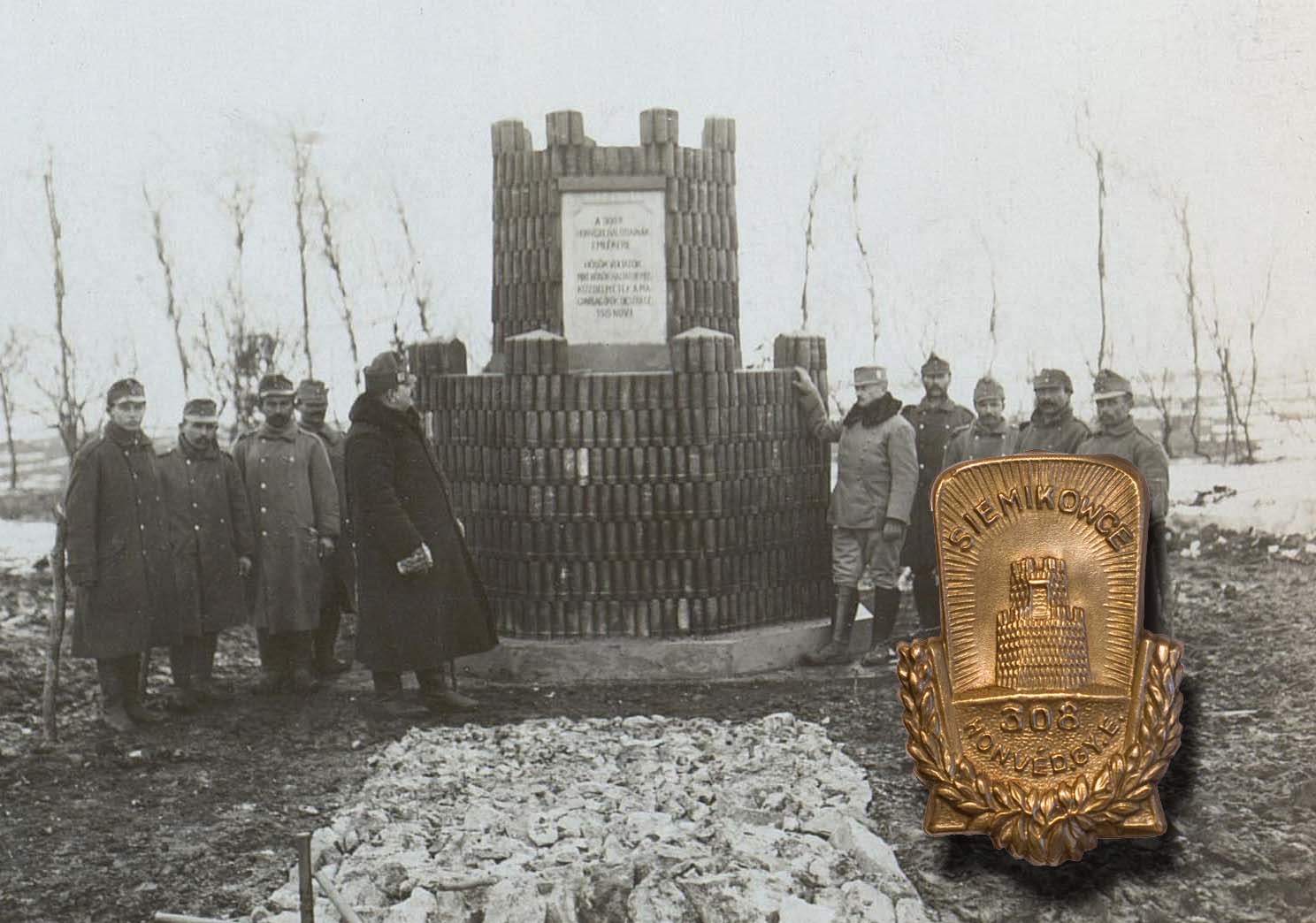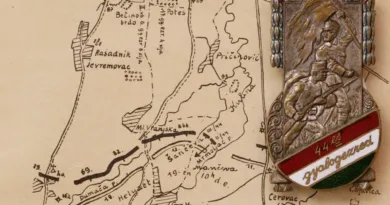November 1915
In 1915, the Central Powers carried out successful attacks against Russia. As a result, Russian forces were not only withdrawn from the territories occupied in 1914, but Russian-Poland was also abandoned. This meant a significant territorial loss for Russia. But despite heavy defeats, the Russian army did not crack down. Already in the autumn of 1915 it was able to successfully stop the further advance of the Austro-Hungarian and German troops. In the winter of 1915, Russians also launched offensive operations.
The intensified Russian resistance was already felt in November. Very serious, loss-making counterattacks were carried out to adjust the front line, to own strategic points and river crossings. One such point of resistance was the Siemikowce area. Here fierce struggle took place to secure the crossing of the river Strypa. The German Southern Army operated in the area, to which honvéd divisions were assigned, such as the 38th division. The settlement on the west bank of the river and the bridge providing the crossing were occupied by the Russian attack in late October. A significant and dangerous bridgehead was created here, which the forces of the Central Powers wanted to eliminate anyway.
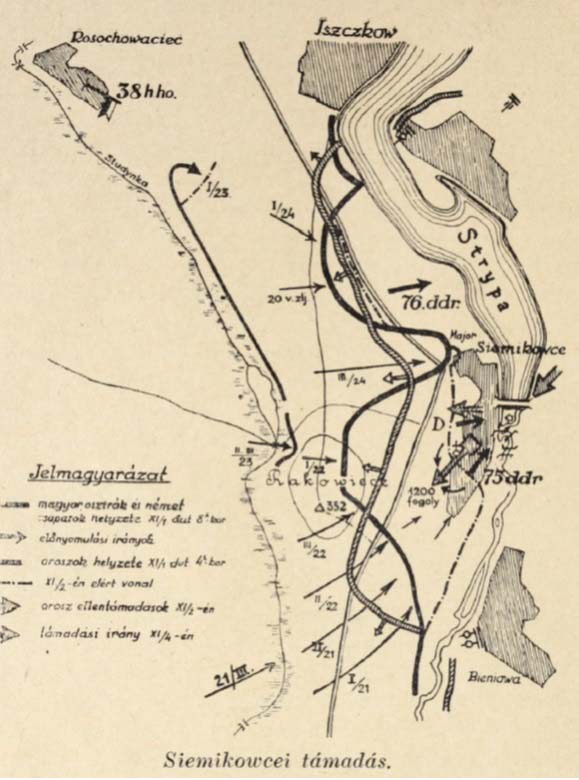
The focus of the fierce fighting was around Rakowiecz Hill. Between November 1-3, the 38th honvéd division tried to push the Russians off the hill and then occupy the village and the crossing. The fighting involved huge losses for both sides. Many prisoners of war were caught on both sides in an obscure combat situation as troops mingled in the area. A stalemate developed between the attacking patrols and the Russian defenders. The honveds managed to squeeze the enemy into the village, but the Russians managed to expel the invaders from there. On November 4, the 308th Infantry Regiment, which was transferred as reinforcements, arrived, and German troops also took action again. Intensified attackers occupied the village on November 4 and the crossing was captured. The next day Russians trapped on the west side of the river were taken POWs.
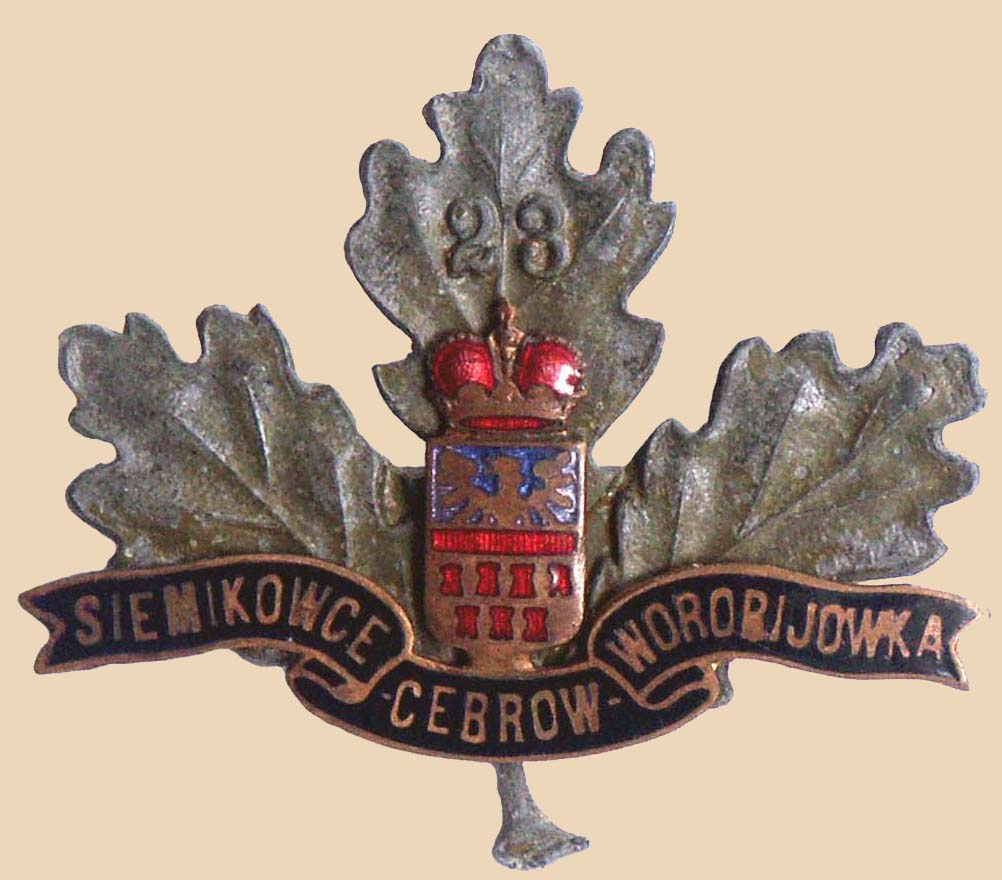
The Siemikowce battle is commemorated by the insignia of several Hungarian infantry regiments. The name of the settlement appears on the ribbon of the oak leaf badge of the 23rd Honvéd Regiment.
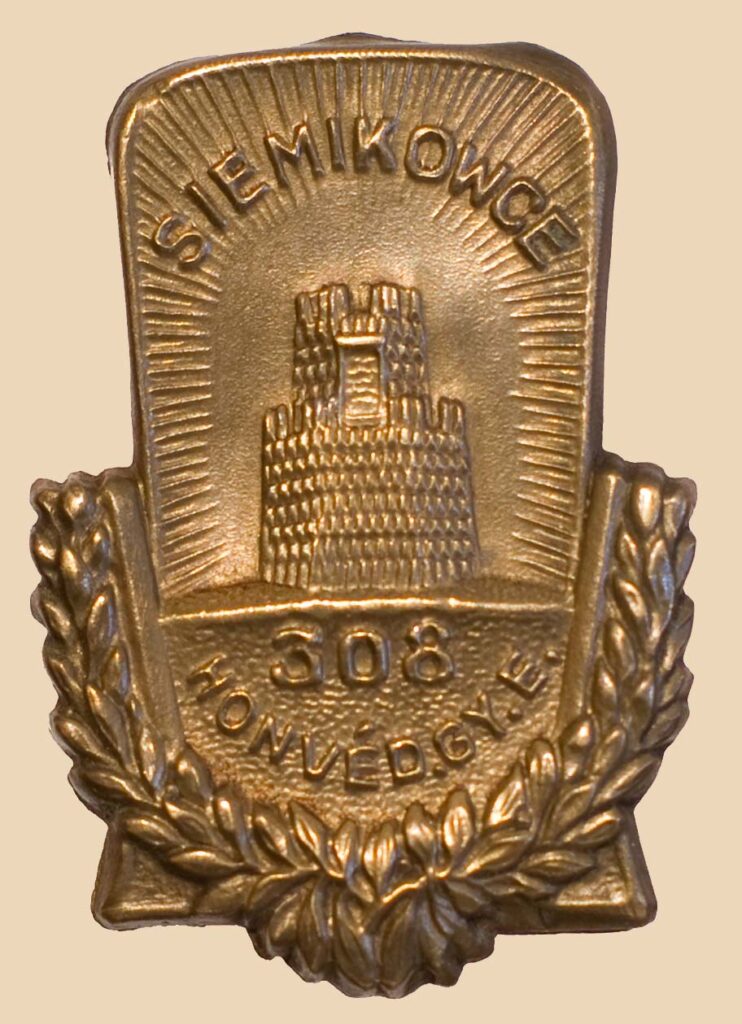
The insignia of the 308th Infantry Regiment depicts the monument erected by the Monarchy troops on the hill of Rakowiecz. The cover of the bastion-like monument was made from the shell cases of fired Russian shrapnel found at the site.
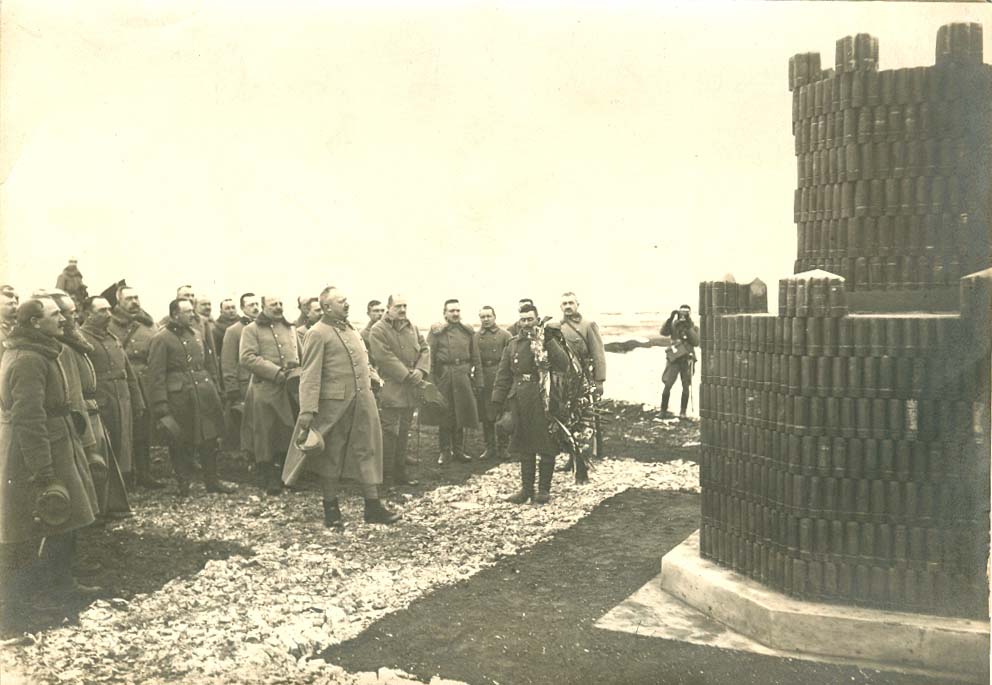
The inauguration of the monument may have taken place in 1917, as the front had been nearby until then. The inauguration took place in the presence of Baron Samu Hazai, Hungarian Minister of Defense.

